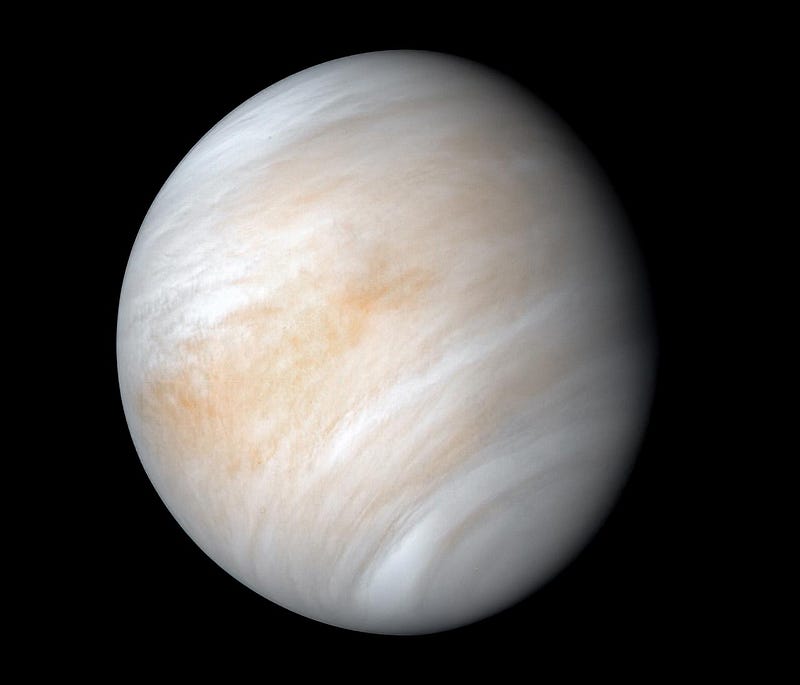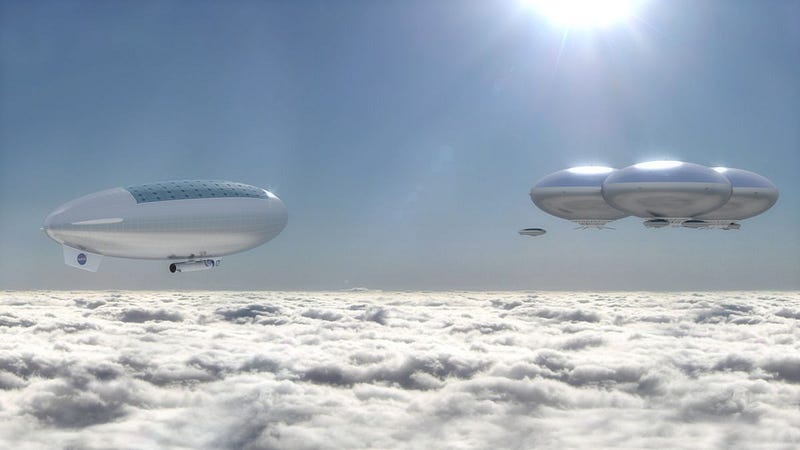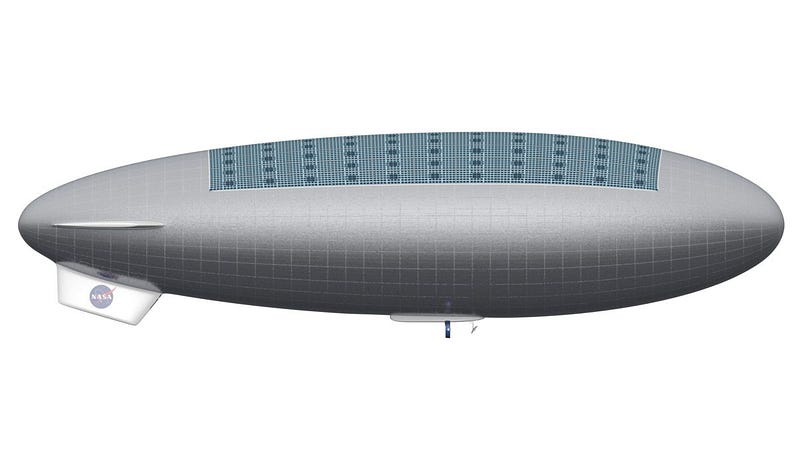Exploring the Future of Venus Colonization: NASA's HAVOC Vision
Written on
Chapter 1: The Harsh Reality of Venus
The surface of Venus presents an extreme environment, often described as a hellish landscape. The intense heat could be lethal, and the crushing pressure would be equally deadly. However, what if we could devise habitats that circumvent these challenges?
When envisioning human colonization of extraterrestrial locations, most people think of Mars or lunar bases, as these are the primary targets for NASA and private ventures like those led by Elon Musk. But what if we looked beyond these options? Could Venus, the second planet from the Sun, offer opportunities that are not only more accessible but also more akin to Earth?
Chapter 2: Venus - Earth's (Inhospitable) Twin
While Mars often dominates discussions about potential human settlements, significant differences exist between our planet and the red one. For instance, Mars has only about one-third of Earth's surface gravity, measuring at 3.7 m/s², which could negatively affect colonists' health. Additionally, Mars's atmosphere is less than one percent of Earth's, and even during optimal travel conditions, a journey would take at least seven months. This lengthy exposure could expose astronauts to harmful cosmic radiation.

In contrast, Venus is relatively similar to Earth in size and mass, leading to a surface gravity that is only about 1 m/s² lower than ours. The travel time to reach Venus is approximately three months. However, the conditions on Venus's surface are extreme, with temperatures reaching around 475 degrees Celsius—sufficient to melt lead—and pressures that are about 90 times greater than those on Earth.
Chapter 3: The HAVOC Concept - A New Approach
So, how can we establish a colony on such a hostile planet? Currently, the answer is to create habitats above the surface, in the clouds—this is where NASA's HAVOC (High Altitude Venus Operational Concept) comes into play. This innovative idea suggests that instead of building a colony on the ground, we could develop a floating habitat in the upper atmosphere of Venus.
At altitudes between 50 to 60 kilometers, the atmospheric conditions of Venus are the most Earth-like in the solar system. Here, the pressure is around half that of Earth's sea level, and the temperatures hover between 20–30 degrees Celsius. This altitude would also protect inhabitants from harmful cosmic radiation while enabling them to harness solar energy continuously—two significant advantages over Mars.

The HAVOC vehicle would be buoyed by the Venusian winds, filled with a mixture of breathable oxygen and nitrogen, which are lighter than the carbon dioxide that dominates Venus's atmosphere. This design means that, theoretically, inhabitants could venture outside with minimal equipment—just air and protection against sulfuric acid.
Even though Venus is currently a toxic environment, it may have once been the first habitable planet in our solar system. Studying its past could offer insights into what led to its current state and what might happen to Earth. While life on the surface seems improbable, the more temperate atmosphere could potentially support microbial life, drawing parallels to extremophiles found on our planet.

Chapter 4: The Future of HAVOC
Yet, it's essential to note that the HAVOC concept remains theoretical at this stage. The technological advancements necessary for such a project could still be years, if not decades, away from realization. Nevertheless, HAVOC provides a vision for humanity's ambitions in space exploration. As NASA and other organizations begin their missions to explore our fiery neighbor, we may witness practical applications of this innovative concept in our lifetimes.
The second video titled "Believe Me, Our Great-Grandchildren Will See Cities In The Venus Atmosphere!" explores the potential for future human settlements in the clouds of Venus, discussing the visionary concepts that could lead to sustainable living in such an extraordinary environment.
Sources:
- Judd, E. "Starting HAVOC for a Venus Exploration Concept," NASA, Mar 2022.
- SPACE.com. "Project HAVOC: NASA Concept Could Explore Venus with Airships (Gallery)," 21 Apr 2015.
- Whittaker, I., & Dorrian, G. "Life On…? Why NASA Wants to Send Humans to This Mysterious Planet," Inverse, 25 Oct 2018.
- Powell, C. "NASA has a plan to let humans soar above the clouds on Venus," 6 Jun 2018.
- NASA. "Venus"